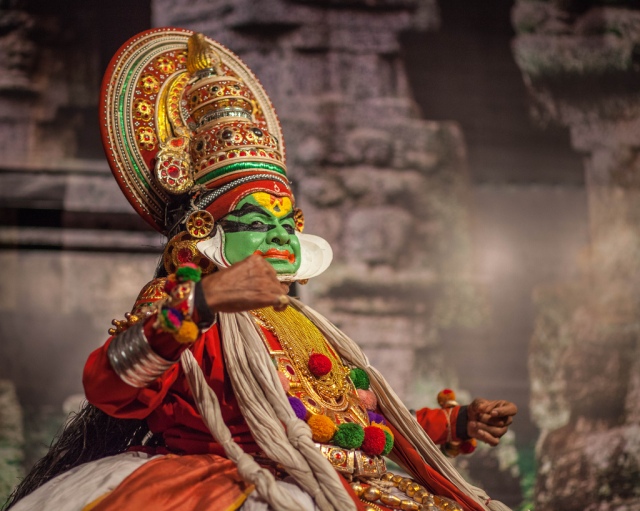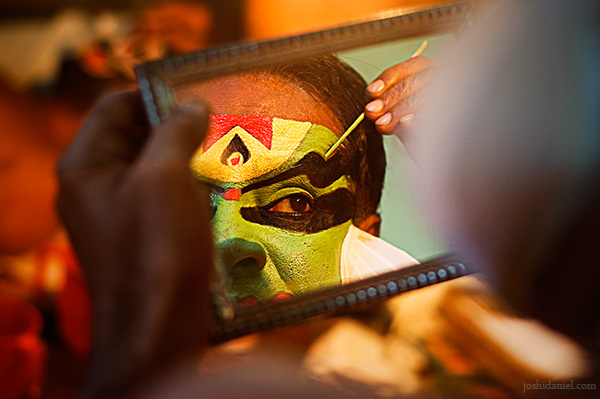
According to Azerbaijani historians, the name of the town goes back to the etymology of the Sakas, who reached the territory of modern-day Azerbaijan in the 7th century BC, and populated it for several centuries. In the Medieval sources, the name of the town is found in various forms ——- SHEKE, SHEKI, SHAKKI, SHAKNE, SHAKKAN, SHEKIN.
There are traces of large-scale settlements dating back to more than 2,700 years ago. The Sakas were an Iranian people that wandered from the north side of the Black Sea through DERBEND Passage and to the South Caucasus in an area called SAKASENA. The original settlement dates back to the Bronze Age.

The main Temple of the ancient Albanians was located there. SHAKI was one of the important political and economical cities before the Arab invasion. Shaki is surrounded by snowy peaks of the Greater Caucasus, in some places reaching 3000 – 3600metres. Shaki’s climate includes a range of cyclones and anti-cyclones, air masses and local winds The mountain forests around the area prevent the city from floods and over-heating during summer. The main rivers of the city are the KISH & GURJHANA. During the Soviet Rule of Azerbaijan, many ascended to Shaki to bathe in its prestigious mineral springs.

A home to ancient Caucasian Albanian Churches, religion is highly important to the people of Shaki due to its historical religious diversity. There are many Churches and Mosques in the city. Some Churches, such as the Church of Kish, are thought to be approximately 1,500 years old. The Khan’s Mosque —– OMAR EFFENDI MOSQUE & GILEILI MINARET are considered important places of worship in the city.
During 1850 – 1870, Shaki became international silk-production centre. More than 200 European Companies opened offices in the city, while silkworms to the tune of 3 million roubles were sold to them in a year. Shaki relies on its agricultural sector which produces tobacco, grapes, nuts, cereals, cattle and milk. The main production facilities are the silk factory, gas-power plants, brick factory, wine factory, sausage factory and a dairy plant.

In 2010, Shaki was visited by 15,000 foreign tourists from all around the world. The city boasts of houses with red roofs. In pop culture, probably the most famous feature of Shakinians are their nice sense of humour and comic tales. Shaki has always played a central role in Azerbaijan Art.

The city’s central and main open city squares are dominated by two Soviet Towers. Many public places and private houses are decorated with SHEBEKE (a wooden lattice of pieces of coloured glass, held together without glue or a single nail). The technique is complex and known only to a few artisans, who pass their meticulous craft from generation to generation.

The Palace of SHAKI KHANS, of which was the summer residence, still remains one of the most visible landmarks of Shaki. Constructed in 1762, without a single nail, it is one of the most marvellous monuments of its epoch.

The SHAKI CASTLE, built between 1743-1755,is near the village of NUKHA . Protected by numerous bastions, the fortress is entered by two main gates from the north and south. At the height of the KHANATE, the fortress contained a gated palatial complex and public and commercial structures of the city, while the residential quarter was situated outside its walls. It was restored extensively between 1958 & 1963.
























